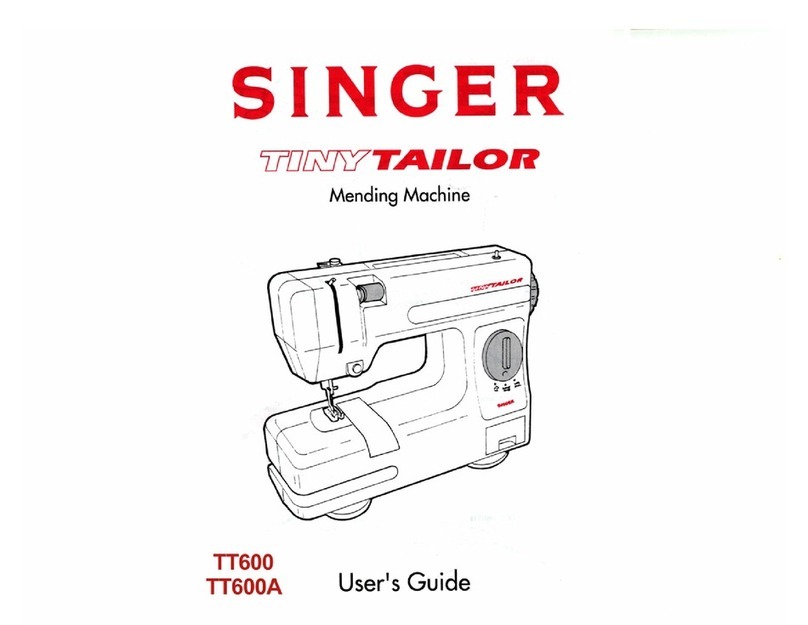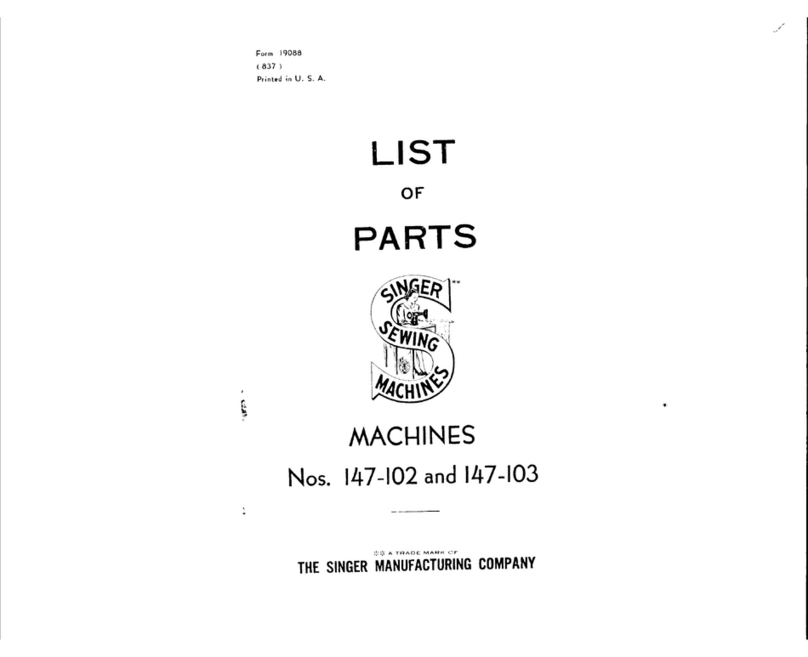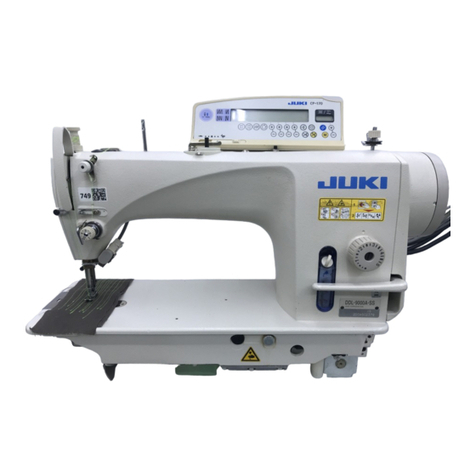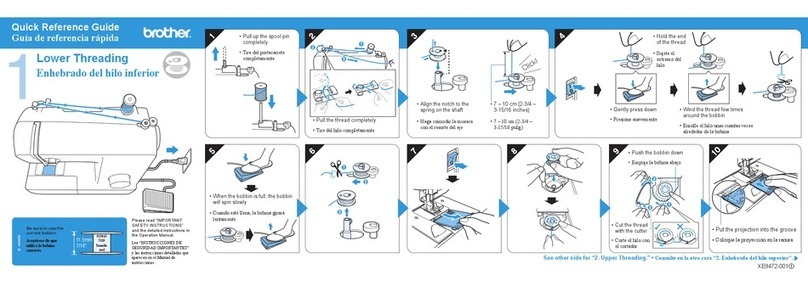Singer CLASS 20 User manual
Other Singer Sewing Machine manuals

Singer
Singer 319 Installation and operation manual
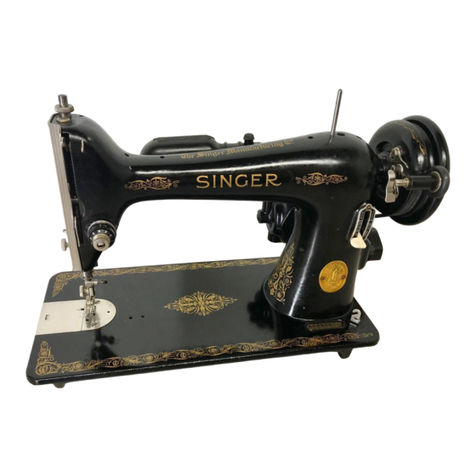
Singer
Singer 66-16 User manual

Singer
Singer 114-32 User manual
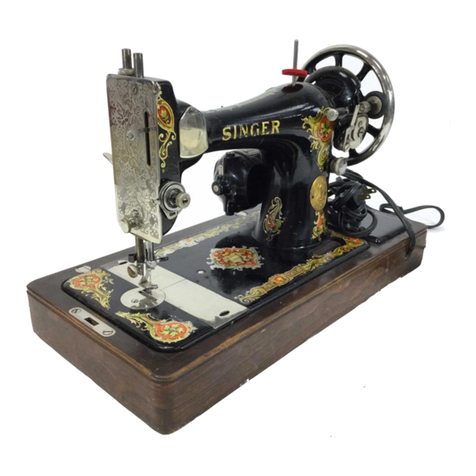
Singer
Singer 127 User manual

Singer
Singer 36-1 User manual
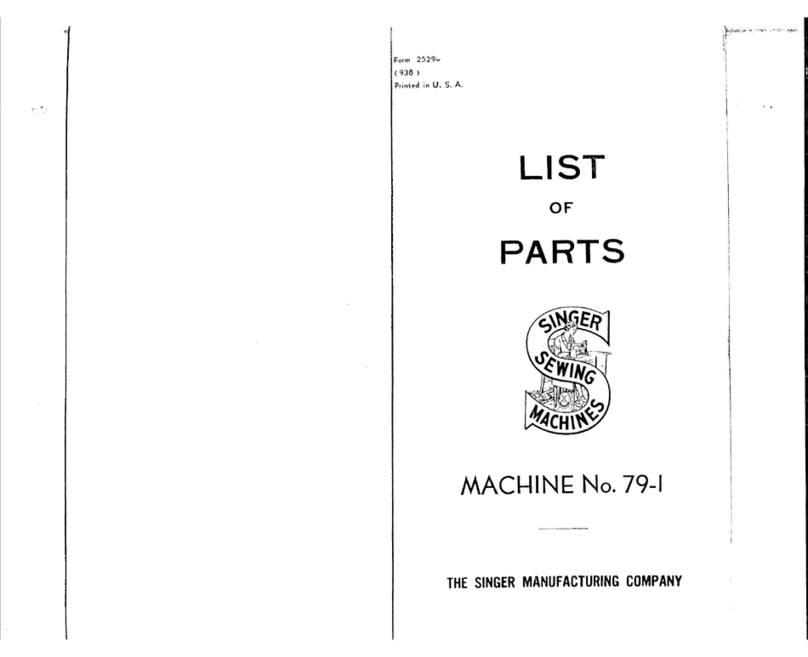
Singer
Singer 79-1 User manual

Singer
Singer 6268 User manual

Singer
Singer Graduate 6705 User manual
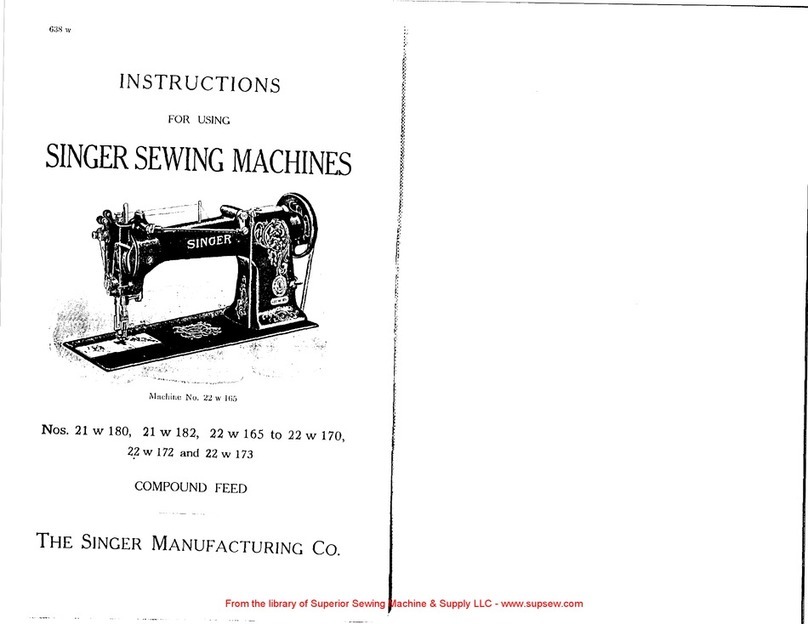
Singer
Singer 21 w 180 User manual

Singer
Singer 146-30 Instruction Manual
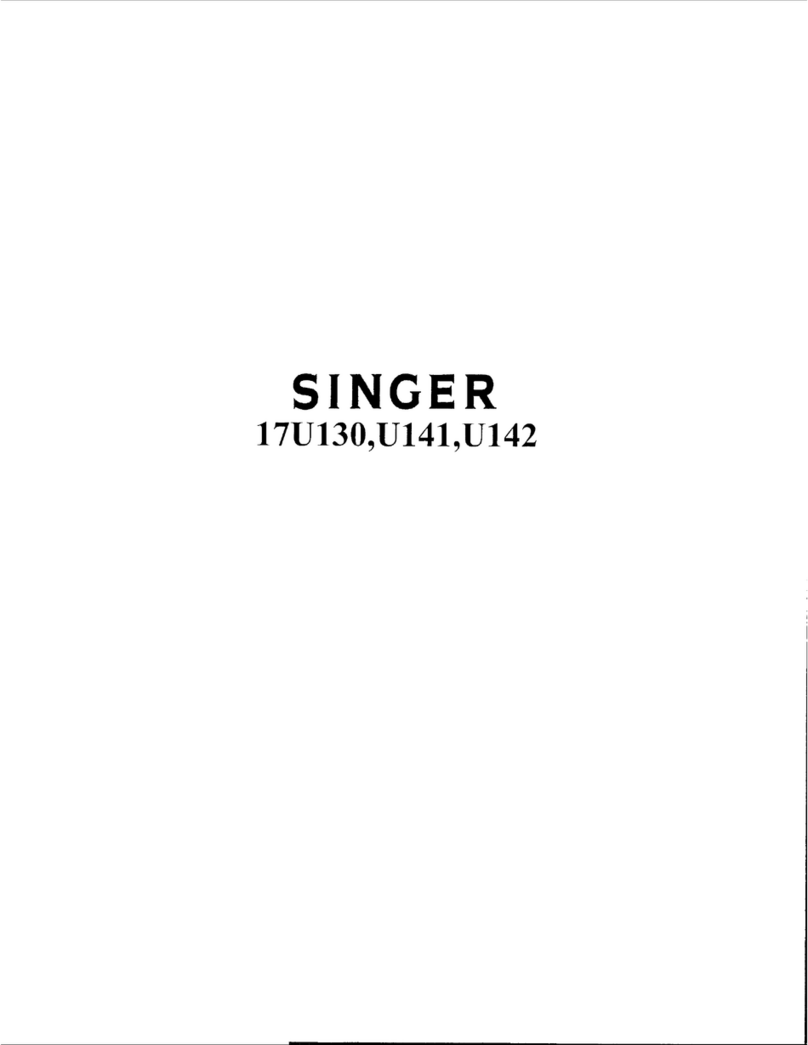
Singer
Singer 17U130 Manual
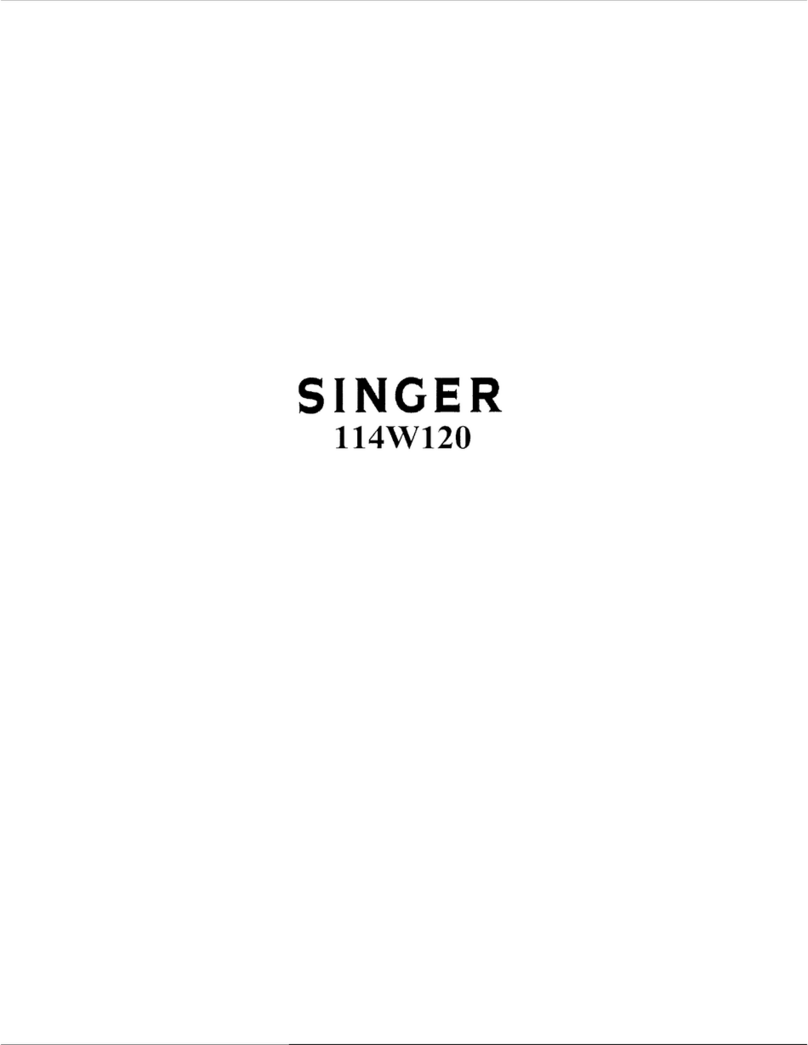
Singer
Singer 114W120 User manual
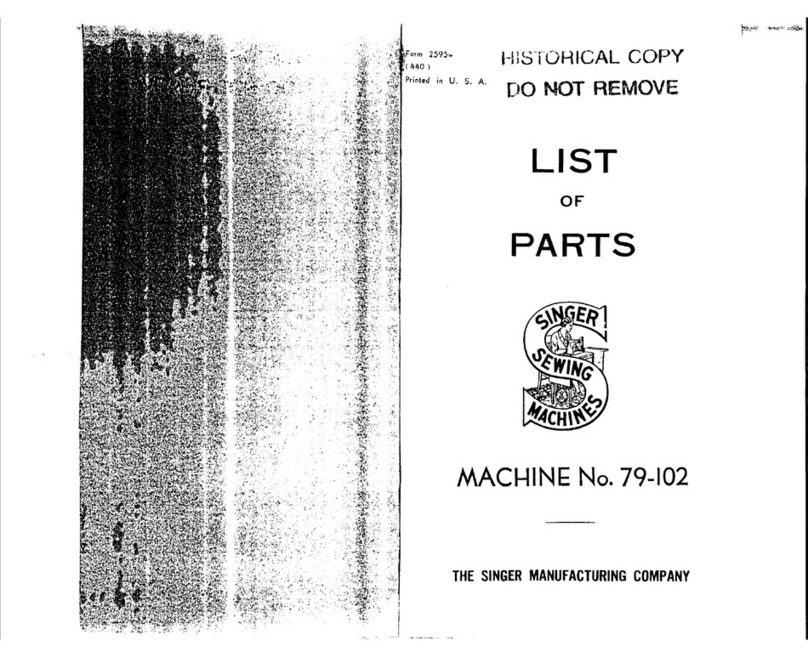
Singer
Singer 79-102 User manual
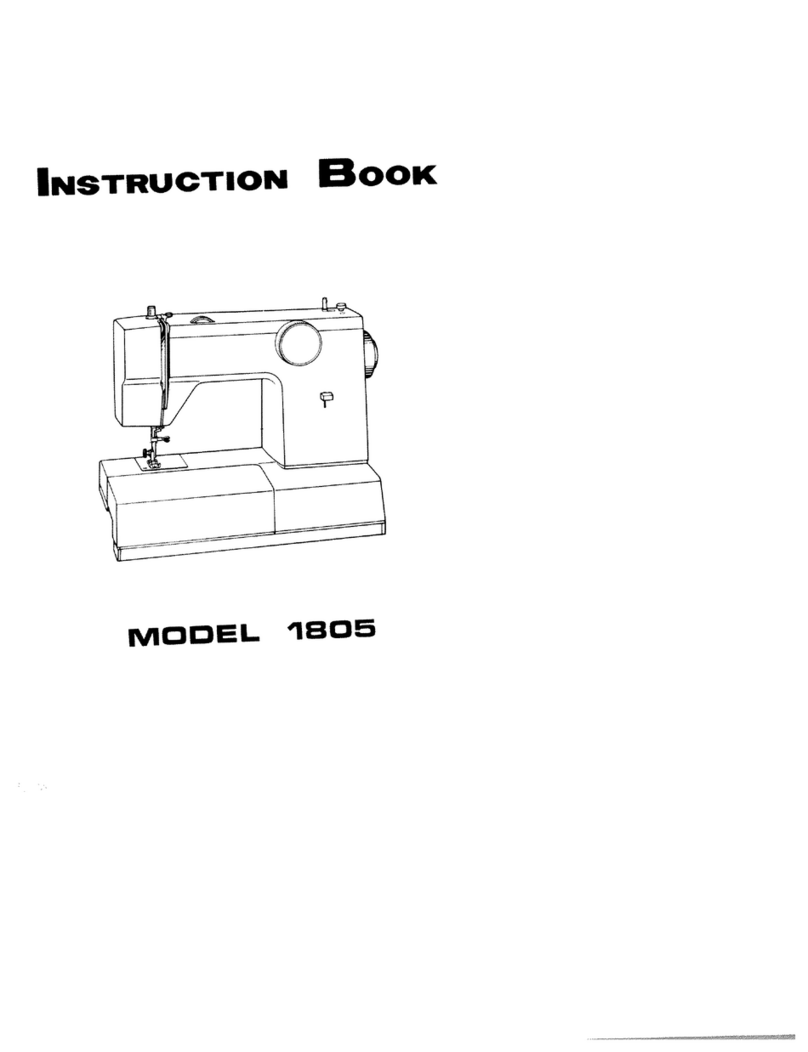
Singer
Singer 1805 User manual

Singer
Singer 2802 User manual
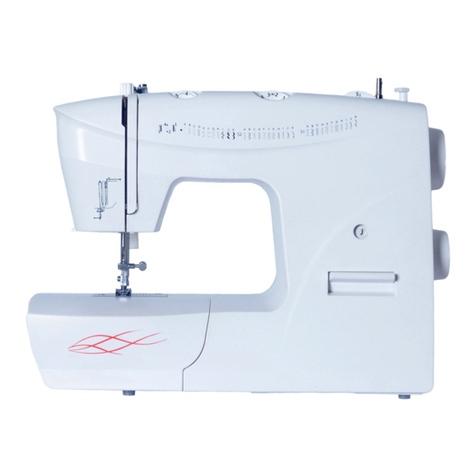
Singer
Singer 3368 User manual
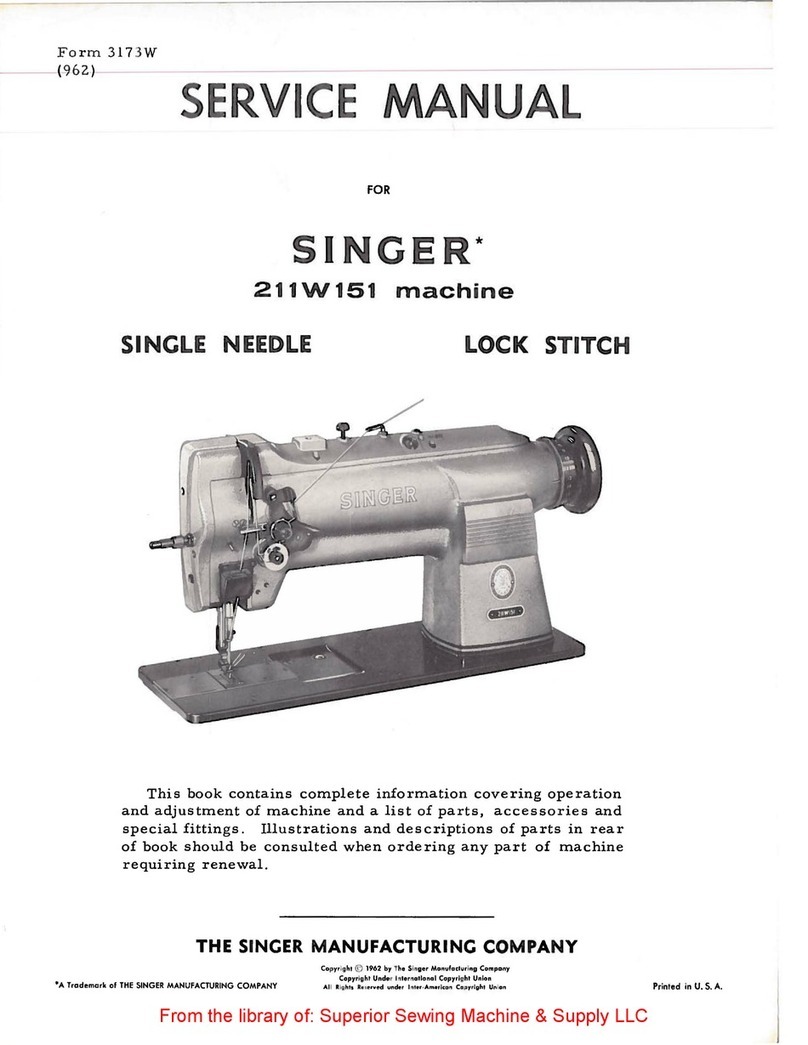
Singer
Singer 211W151 User manual
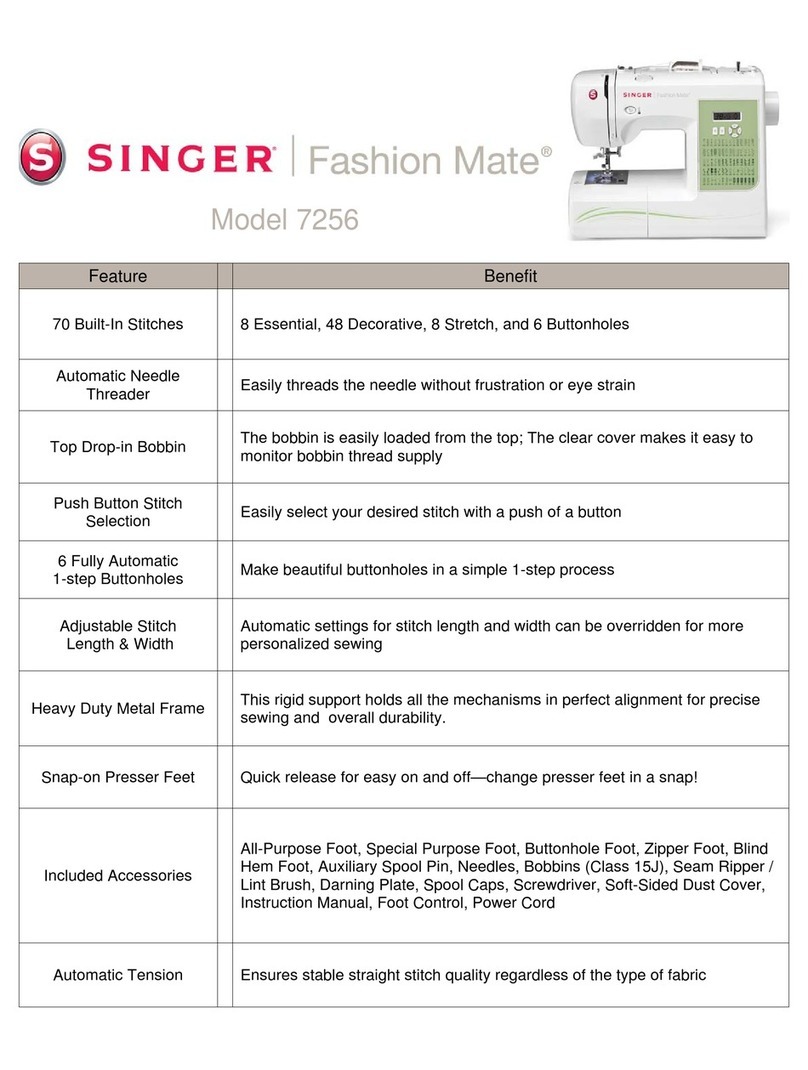
Singer
Singer 7256 User manual
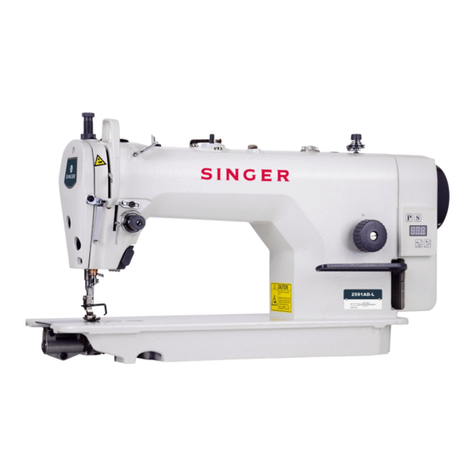
Singer
Singer 2591 series User manual
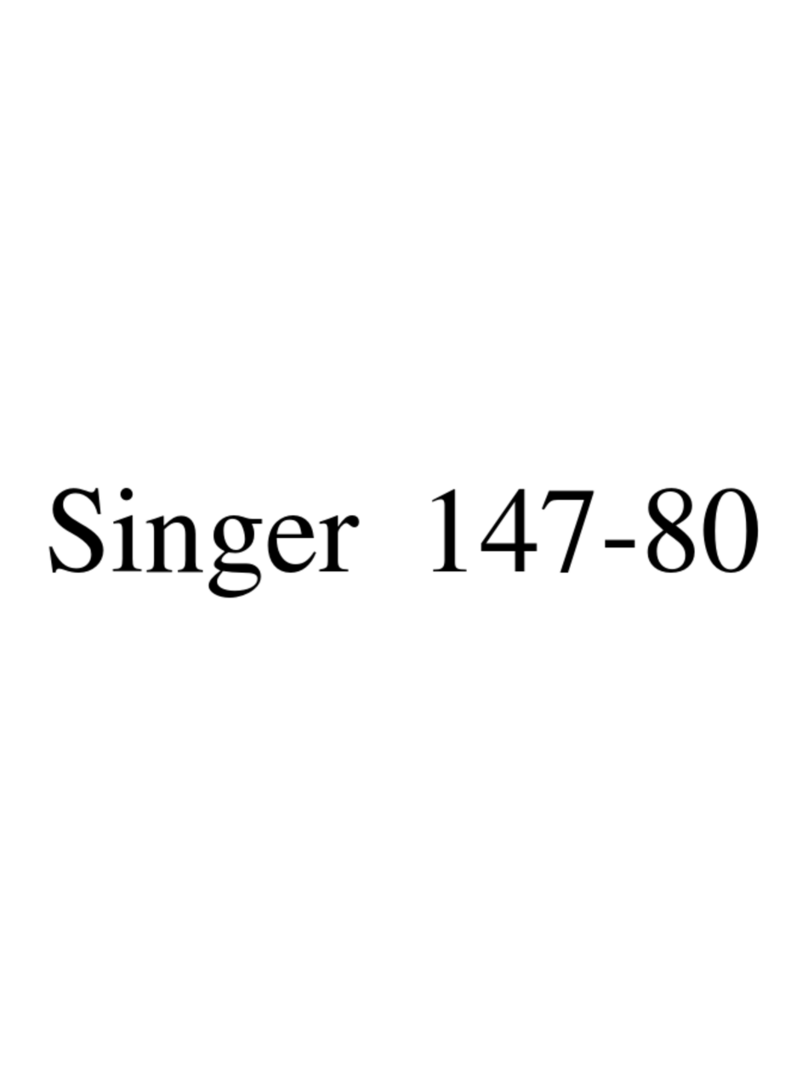
Singer
Singer 147-80 Setup guide


